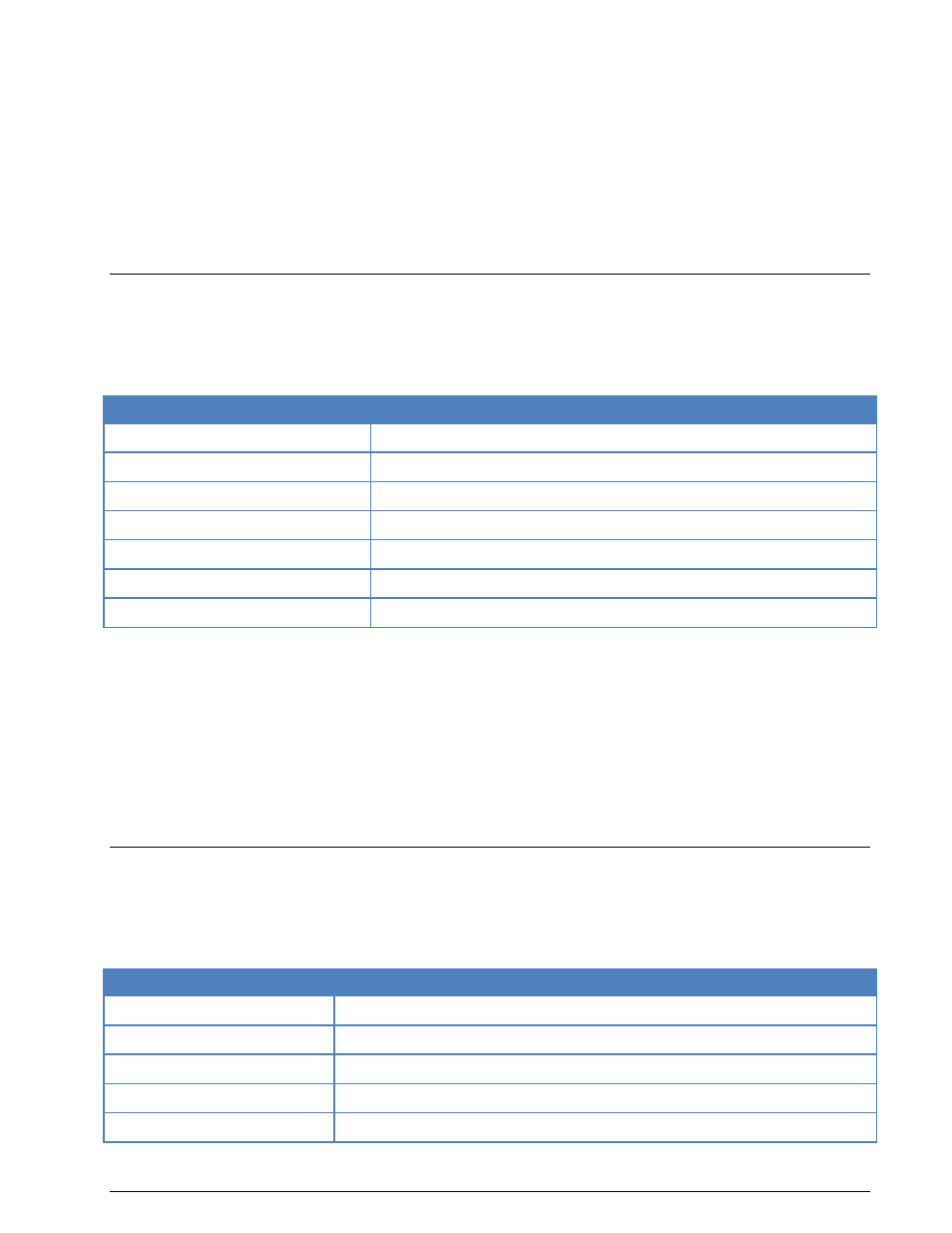Arq-n, Ascii – Wavecom W-SPECTRA (Automatic Monitoring System) V1.1.0 User Manual
Page 74

64
Transmission Modes
WAVECOM Monitoring System W-SPECTRA, W-SPEED Manual V1.1.0
Full-duplex systems send a repeat request (RQ) character to the remote station if a character error has
been detected or the distortion or fading becomes excessive. This results in the re-transmission of the last
3 or 7 characters preceded by the RQ request control character.
According to the CCITT recommendation, the repetition cycle may span 4 or 8 characters, as is the case
with ARQ-E. The longer RQ-cycle of 8 characters has never been monitored.
In addition to the time multiplexing of several channels (division channels); each division channel may be
further subdivided into sub-channels resulting in a multitude of possible modes of operation. At present
however no transmissions with sub-channel division are known. Systems employing sub-channel division
may be recognized by the rhythmic blinking of the Error indication (system state) in the decoder status
bar.
ARQ-N
ARQ-N uses the ARQ-1A alphabet (as does ARQ-E). Character inversion (as in the case of ARQ-E or ARQ-
E3) is not defined for ARQ-N. The lack of inversion makes it impossible to automatically determine the
length of the RQ cycle. However, known systems operate exclusively with a single RQ character and three
repeated characters.
Parameter
Value
Frequency range
HF
Operation modes
Duplex ARQ
Modulation
FSK
Symbol rate
48, 64, 72 86, 96 and 192 Bd, variable 30-650 Bd
Receiver settings
DATA, CW, LSB or USB
Input format(s)
AF, IF
Additional Info
ITA-2 with parity and identification bit
Known ARQ-N systems operate exclusively at a symbol rate of 96 Bd on the radio link.
The synchronization phase for the ARQ-N mode of operation may be initiated via the AUTO function or by
manual selection of the baud rate.
Signal polarity (USB or LSB sidebands) is automatically detected.
Full-duplex systems transmit the RQ character after having detected an erroneous character or in the
presence of excessive signal distortions. The remote station subsequently repeats the last three characters
preceded by the RQ character.
To maintain synchronization between the two stations both transmitters operate continuously and send
the idle bit pattern if no traffic data is transmitted.
ASCII
The ASCII code, which is internationally adapted as the CCITT ITA-5 alphabet, is used in all kinds of data
transfer of information between computers or computer based equipment. Only the 7-bit values 0 – 127
are internationally defined and standardized. For asynchronous transmissions, the code consists of a start
bit, 7 or 8 data bits, one parity bit (optional) and 1 or 2 stop bits.
Parameter
Value
Frequency range
HF
Operation modes
Asynchronous
Modulation
FSK
Symbol rate
50, 75, 100, 110, 150, 180, 200, 300 and 600 Bd, variable 50-1200 Bd
Receiver settings
DATA, CW, LSB or USB
